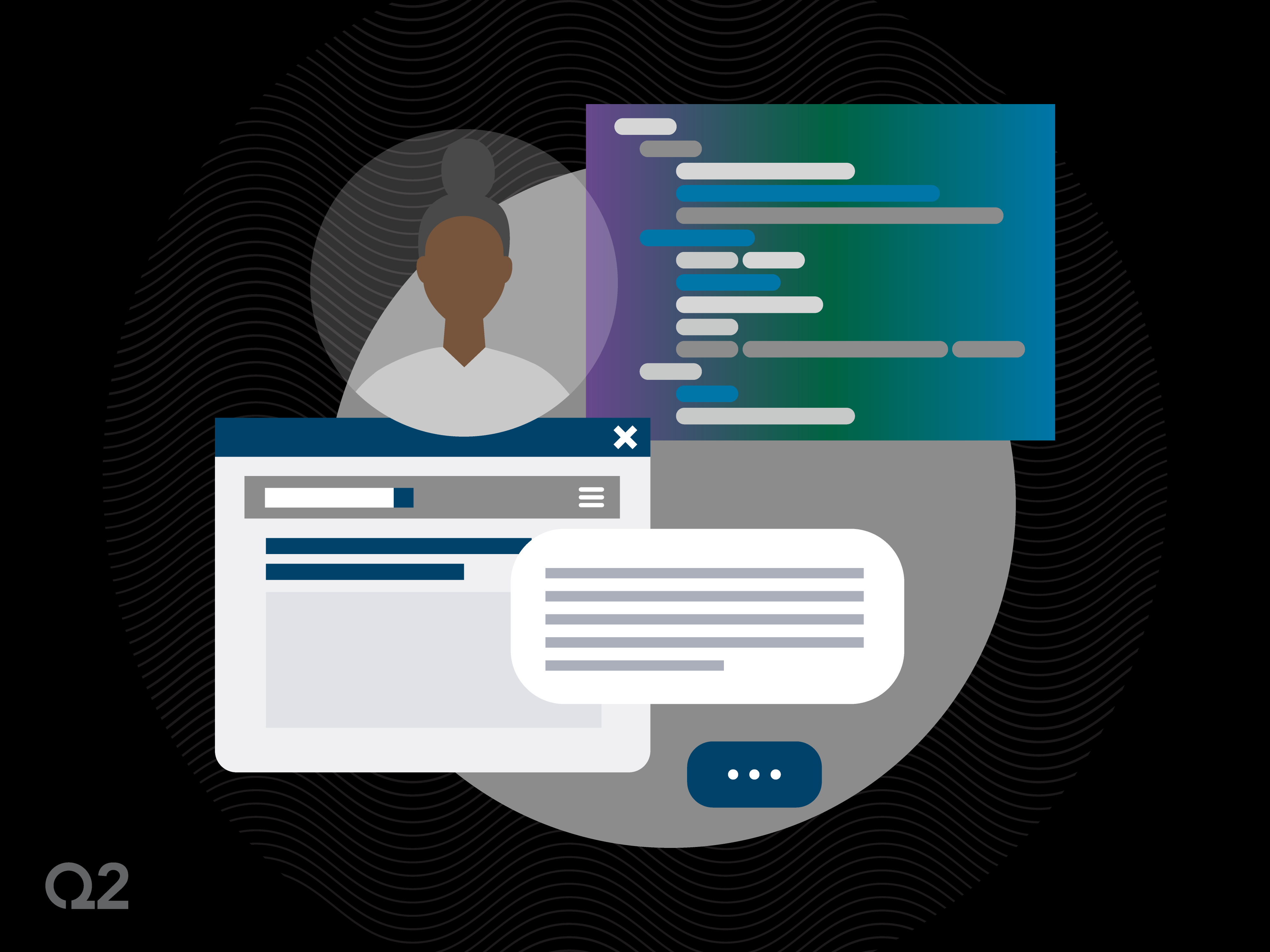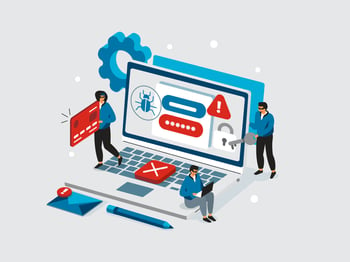All of us in the financial services industry are hearing the term “personalization” everywhere we turn—whether it be written in trade pubs, discussed on conference stages, debated on podcasts—you name it. But as talked about as it is, financial institution (FI) leaders still seem to be struggling moving from the strategy phase to actual implementation, at least at the speed and scale customers expect.
So, what exactly is personalization in digital banking? What does it realistically look like? How does a financial institution (FI) go about making the digital banking experience personal for each and every account holder? And, at the end of the day, why should FIs care?
What exactly is personalization in digital banking?
To explain personalization, I’ll get personal. I recently opened up an account with my FI for my 17-year-old son, Alejandro. That was it. Crickets. I didn’t hear a word back.
Sadly, this was a huge, missed opportunity for my FI, and quite frankly, my son. It was the perfect opening for my bank to come back to me and say in not so many words, “Based on your financial status, your residence, and your son’s age, we assume he’s going off to college soon. Can we assist you with a student loan? Can we open a credit card for him, so he can start establishing his own credit score? Can we offer you an auto loan, so you can purchase a means for him to get to, from, and around campus?”
Better yet, “Can we set up a face-to-face appointment to get to know Alejandro, discuss his needs, and strategize a financial wellness plan for him?”
How does an FI make the digital banking experience personal?
The simple answer is data. The more complex answer involves knowing how to gather and analyze that data across the account holder lifecycle and using it to have relevant and timely interactions with each customer.
The media industry is genius at this (think: Netflix and Hulu), but the financial industry is lagging. When digital came onto the scene in a big way a few years back, most FIs saw it as just another opportunity to sell products and services. The approach was, “Let me throw things at you that are important for the bank or credit union.” Then, after gathering a little bit of data online, many FIs began to segment customers, serving up more targeted offerings, but still the products and services that mattered to them—not the customer.
Fast forward just a few short years, and this type of “personalization by segmentation” will only set you back. Because true personalization is gathering and analyzing data and taking action on it to engage with each individual in meaningful ways.
While marketing to customers via the digital channel is still valid and important, it’s quickly moved to mere table stakes. Particularly with the next generation that grew up as digital natives. FIs should use the mounds of data they have to move to the next stage, making every interaction across the lifecycle personal.
Why should FIs care?
FIs’—especially community banks’ and credit unions’—bread and butter is personal relationships. The digital banking environment doesn’t threaten this. In fact, it strengthens it by offering FIs a means to extend relationships in very meaningful ways.
The digital banking channel is an extremely valuable way to get to know customers—their needs, preferences, and financial goals—just like in the branch.
When FIs use data across a customer’s lifecycle to better serve them and grow relationships, the value is threefold:
- Relevance: By gathering and analyzing data across the account holder journey, FIs gain a better understanding of their ever-evolving needs and can offer tailored products and services that meet them. This ensures FIs remain relevant.
- Differentiation: Offering personalized engagements enables FIs to differentiate themselves from their competition, while attracting new account holders and retaining those they have.
- Growth: Helping account holders better manage their long-term financial success builds trust and loyalty, which will ultimately drive growth for the FI—not to mention financial growth for customers.
Let’s go back to my initial example about my son. Had my FI reached back out to me with any communication, THAT would have made it relevant in my eyes and would have gone a long way towards differentiating it in a crowded market. Most importantly, it would have boosted my trust in my FI and made me feel loyal toward it.
But, because my FI didn’t use my data to get to know me and better serve me, I’m now more inclined to look elsewhere for my financial needs. Possibly the biggest missed opportunity for my FI is it lost the chance to begin developing a relationship with my son—a future client. Alejandro would have, no doubt, promoted the FI on social, creating valuable brand awareness among his peers. After all, name a Gen Zer who doesn’t post about everything they do!
For more reading on personalizing digital banking experiences, check out: "Digital Experiences Made Relevant, Dynamic, and Personal."





